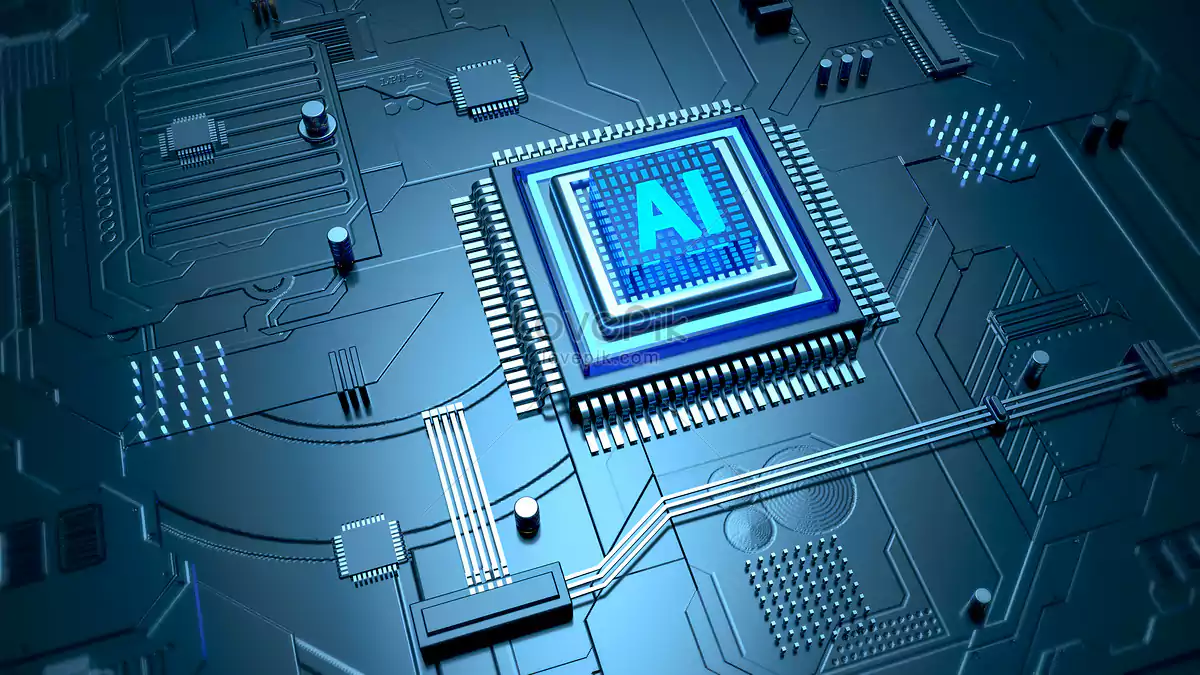This article talks about the 5 Key Applications and Trends for the AI Chip Industry to Watch in 2022.
Artificial intelligence (AI) applications have become more integrated into the fabric of business success than many imagined just a few years ago.
In the last year alone, AI innovation has made many big waves, from advances in AI and computer vision technology to modernizing and specializing AI chips in data centers, to AI designing those chips.
These milestone advances are opening up exciting opportunities for the industry.
This AI revolution is also driving demand for a whole new generation of artificial intelligence systems on chips (soc).
The global market for AI chipsets is expected to be worth more than $70 billion by 2026, up from $8 billion in 2019, driven by the proliferation of IoT devices with machine learning capabilities and the growth of smart cities.
With a new global funding record of $17.9 billion in the third quarter of 2021, investors have poured a record amount of money into AI startups, reflecting the widespread global demand for artificial intelligence.
The new year brings new goals, opportunities, and challenges. As the U.S. semiconductor industry grapples with supply chain constraints, and global chip shortages and also explores the possibilities of the meta-universe, the growing desire to integrate intelligence into the underlying silicon makes every organization want a fair share of the AI pie.
So, what challenges will AI face next year? Read on for our five key predictions for what’s next for AI chips in 2022.
1. AI chip‘s impact on chip design will continue to grow
As more workloads require advanced levels of AI processing to drive intelligent functions, the demand for specialized chips with high power efficiency and high-speed computing will make robust AI chip design critical.
A new type of design tool that learns from iterations and leverages data from the chip design environment offers a quantum leap in productivity and cost-efficiency.
The disruption of artificial intelligence will open up new opportunities not only for semiconductor leaders but also for companies that typically have smaller teams or more limited financial resources and were not previously seen as AI chip design giants offering exciting silicon solutions.
In a sense, this will balance the playing field and create a kind of symmetry in the global economy for companies leveraging AI chip design.
Designing the AI chip hardware of the future will require a revolution in chip design technology. 2021 saw companies that dared to invest in the data center market witness huge gains and demonstrate impressive technical capabilities, increasing the demand for dedicated AI chips and raising AI funding at an unprecedented rate.
2. Smart robots will present a huge opportunity in the age of smart omnipotence
As more and more devices connect to the cloud, the Internet of Things (IoT) continues to offer tremendous benefits for industries driving real-world applications at scale.
A relatively new acronym that combines the power of artificial intelligence and the Internet of Things, AIoT promises a smarter, intelligent, connected network of devices that can process and compute massive amounts of data previously impossible to process using traditional methods.
As technologies that are at the edge of the IoT (such as the development of augmented intelligence and metaverse) emerge, large companies will redirect their strategies to focus on processing real-time data where it makes the most sense and invests in AI innovation to capitalize on the growth of AIoT devices.

3. Three key applications will drive AI
There are three clear market winners that will prioritize the use of more AI to produce better AI chips: high-performance computing (HPC), automated devices, and healthcare.
The high-performance computing market has driven and will continue to drive major investments in AI chips, which has led to data centers requiring dedicated chips to perform computation for AI workloads of more than a trillion nodes.
In this space, we are seeing a growing number of companies designing AI chips for the automotive industry as well as for a variety of automated machines, from industrial machines to automated robots and aerial machines such as drones.
Because of big data and the desire to connect everything, design teams will need silicon-proven IP solutions for complex integrated circuits across a variety of applications, an area that will continue to grow in 2022 amid tight supply chains.
The combination of artificial intelligence in healthcare and medicine presents many opportunities, particularly in the areas of diagnostics and medical research.
While the computational requirements may not be as extreme as those of a data center, the unique requirements around data protection, security, and real-time analytics require a localized environment, one that is critical to evaluating and performing analytics in the field.
From today’s AI gas pedals to tomorrow’s cognitive systems, these three markets will see growing interest from companies and investors in AI, driving seamless integration of AI in chip design and devices.
4. More non-traditional companies will double down on AI chip design
If 2021 has taught us anything, it’s that the rapid growth of AI’s potential to reshape the outlook for AI chip design has led nearly every tech company to consider jumping on the chip design bandwagon.
Apple recently released its impressive in-house development of the M1 Max, demonstrating the sheer innovation of being able to integrate multiple powerful computing components and deliver the industry’s most powerful chip for desktops and other devices.
The pace at which non-traditional semiconductor companies are ramping up their own custom proprietary integrated circuit (ASIC) development efforts has prompted them to take a closer look at the competitive advantages of developing silicon in-house, especially in the context of the rapid growth of the key markets they serve.
These incentives include maximum data control and reduced latency between speed, insight, decision making, and results.
While building a world-class AI chip design team has become an important way to create and protect intellectual property, as development rapidly expands into new markets, companies will have increasing difficulty attracting and retaining a skilled workforce.
5. Building trust across the system stack will become critical
Whether it’s systems that provide AI support for self-driving cars, financial transactions, or AI tools that make chip design decisions.
All of these parameters require that we trust that these decisions will lead to better results and productivity, rather than leading to serious specification flaws, program delays, or financial impact on customers.
This will allow companies to prioritize different levels of trust in their hardware infrastructure, thereby creating a secure channel for remote device management, service deployment, and lifecycle management (and therefore ensuring that the entire system stack is trusted by the end customer, not just the software).
As AI becomes more prevalent in computing applications, the need for advanced trust and security at all levels of the system will grow, especially during the design and integration phases.
So far, AI hardware has not been very important compared to software. But as the chain of trust becomes particularly important in the current supply chain environment, companies will need a chain of trustworthiness across the entire workflow.
Ultimately, all of these predictions will be driven by the need for faster computing, greater intelligence, more efficient handling of larger volumes of data, and automation of more functions in the products we use.
As AI permeates the enterprise, bold new hardware architectures and a clear AI strategy will be the core drivers of innovation and seamless integration of AI with software systems.
Besides the AI Chip Trends in 2022 article, you may also be interested in the below articles.
source:https://pcbantennas.com/ai-chip-trends-in-2022/

